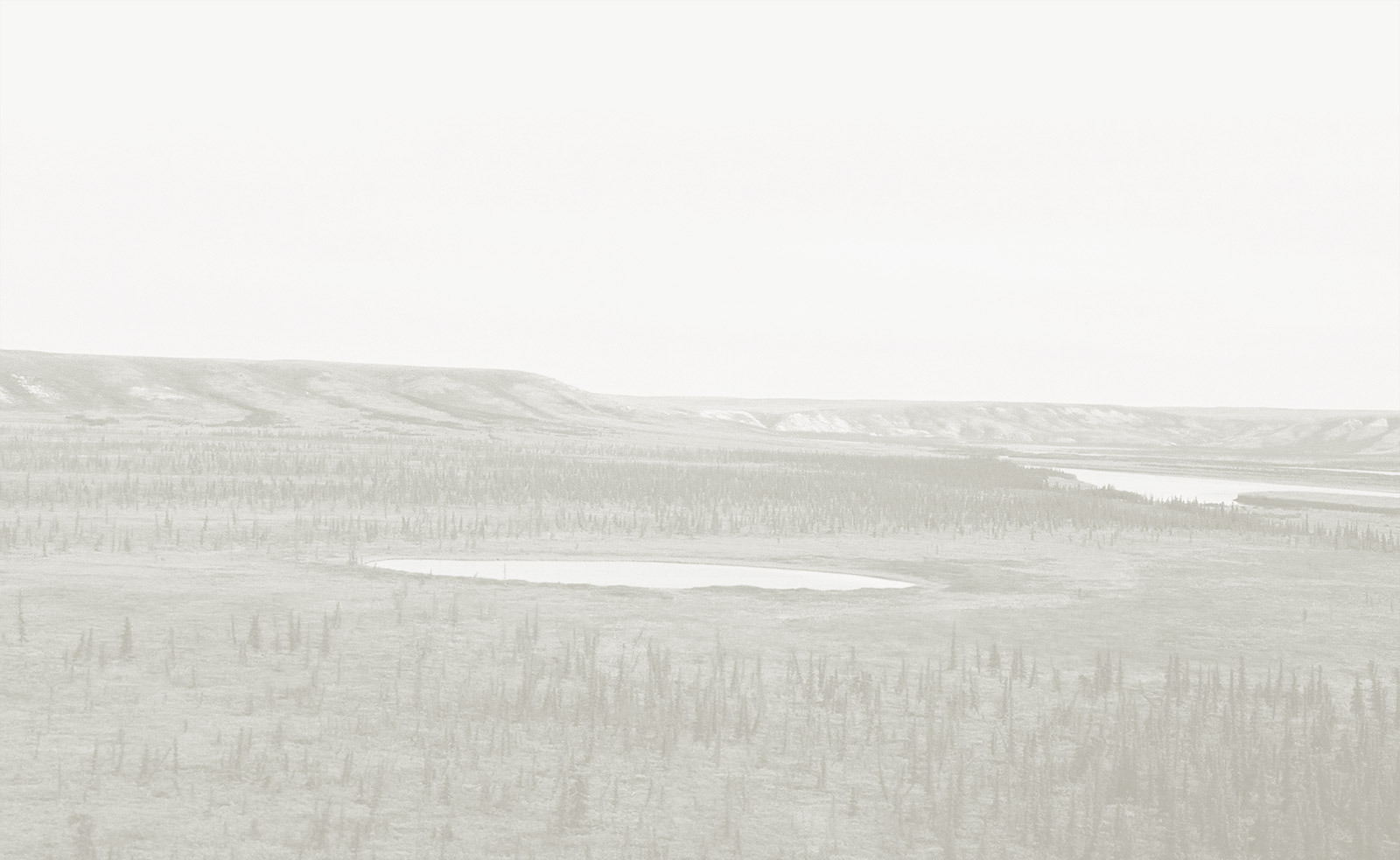


























Kuingiq
Inuvialuit first obtained pipes and tobacco in the 1800s through indigenous trade networks that stretched through Alaska and as far as Siberia. The MacFarlane Collection includes twenty pipes of this northern style. The bowls are made from metal, wood or stone, and with one exception the pipes have curved wooden stems split along their length and held together with a skin or sinew wrapping. Commonly a pick used for tamping tobacco and cleaning the bowl is attached to the pipe.
Émile Petitot illustrated an Inuvialuit pipe that is similar to pipes in the MacFarlane Collection in his 1879 publication, ‘De l’origine asiatique des Indiens de l’Amérique arctique’ (Les Missions Catholiques de Lyon, 1879, Vol. XI). He wrote: "Their pipes are patterned on those used by the Eskimos of the Berhing Sea, and consist of a small disc with a hole in the middle and mounted on a hollow cylindrical support connected to a stem made of two matching pieces of wood held together by sinew lasjing or metal ringlets. The bowl of this pipe is of wrought metal, decorated by copper inlay." (Translated in 'The Amerindians of the Canadian Northwest in the 19th Century, as seen by Émile Petitot. Volume 1: The Tchiglit Eskimos', edited by Donat Savoie. Department of Indian Affairs and Northern Development, Ottawa, 1971).